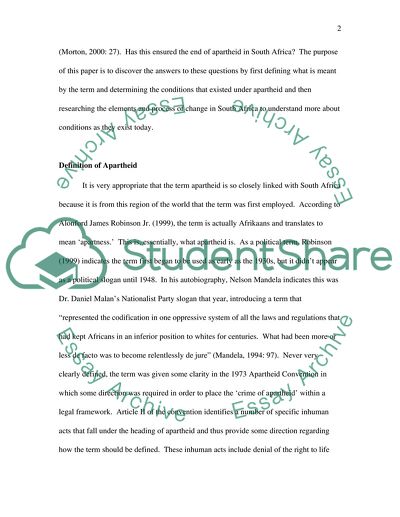Cite this document
(Anti-Apartheid Literature Essay Example | Topics and Well Written Essays - 3750 words, n.d.)
Anti-Apartheid Literature Essay Example | Topics and Well Written Essays - 3750 words. Retrieved from https://studentshare.org/literature/1716550-extended-essay-the-apartheid
Anti-Apartheid Literature Essay Example | Topics and Well Written Essays - 3750 words. Retrieved from https://studentshare.org/literature/1716550-extended-essay-the-apartheid
(Anti-Apartheid Literature Essay Example | Topics and Well Written Essays - 3750 Words)
Anti-Apartheid Literature Essay Example | Topics and Well Written Essays - 3750 Words. https://studentshare.org/literature/1716550-extended-essay-the-apartheid.
Anti-Apartheid Literature Essay Example | Topics and Well Written Essays - 3750 Words. https://studentshare.org/literature/1716550-extended-essay-the-apartheid.
“Anti-Apartheid Literature Essay Example | Topics and Well Written Essays - 3750 Words”, n.d. https://studentshare.org/literature/1716550-extended-essay-the-apartheid.


